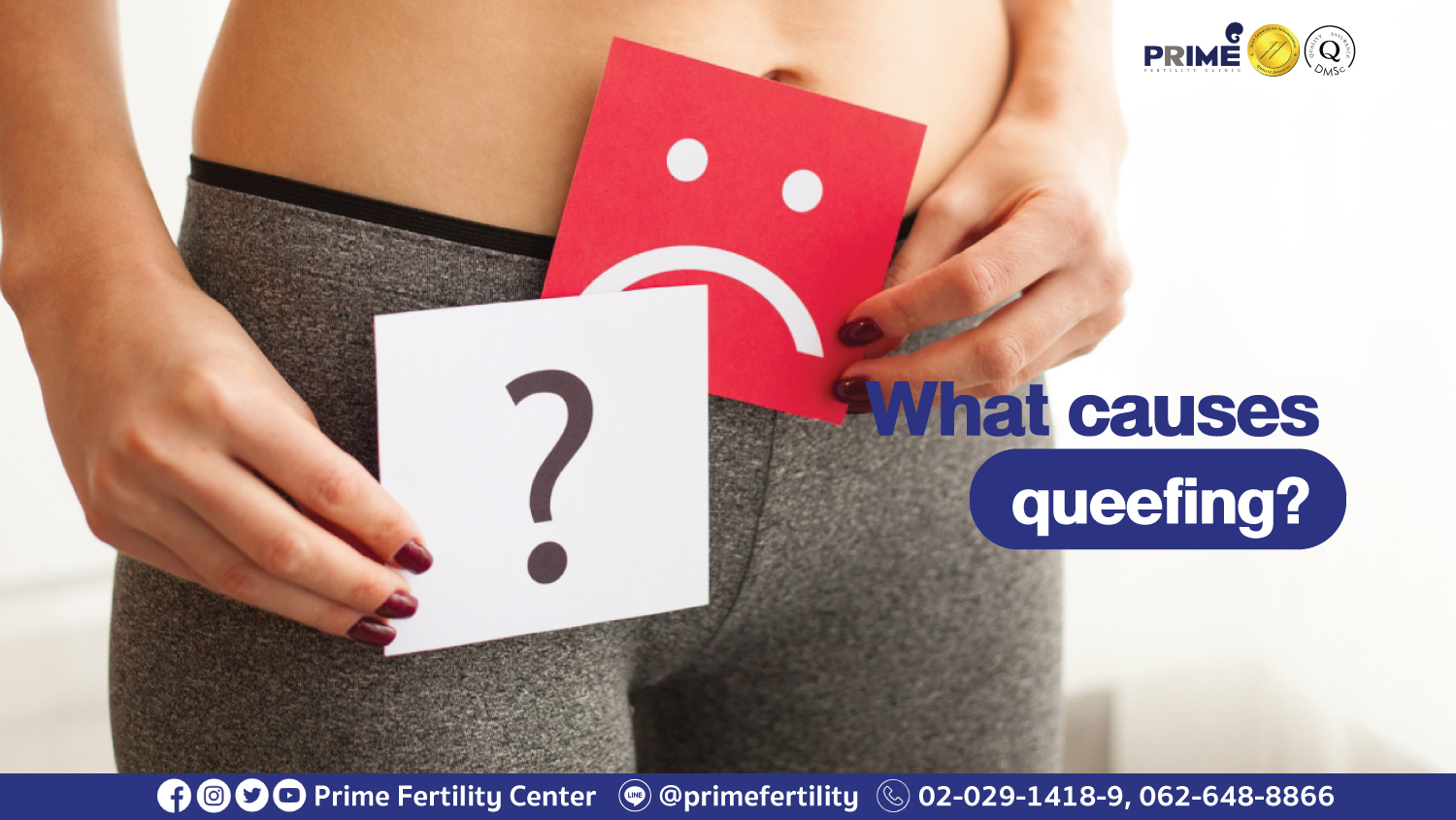Queefing, or vaginal flatulence, is a natural phenomenon that occurs when air becomes trapped in the vagina and is released, producing a sound similar to that of passing gas. Though it is often an embarrassing topic, queef is a common experience for many women and can happen during various activities, such as sexual intercourse, exercise, or even routine movements. This article delves into the causes, misconceptions, and social reactions surrounding queef to provide a clearer understanding of this natural bodily function.
What Causes Queefing?
The primary cause of queefing is the introduction of air into the vaginal canal. This can occur in several ways:
- Sexual Intercourse: During penetrative sex, air can be pushed into the vagina. The thrusting motion can create a vacuum effect, allowing air to enter, which may later escape and cause a queef.
- Physical Activities: Certain physical activities, particularly those involving pelvic movements—such as yoga, dancing, or strenuous exercise—can also lead to queefing. Movements that engage the pelvic floor muscles may push air into the vagina.
- Anatomy: Each woman’s anatomy plays a role in how easily air can become trapped in the vagina. Variations in vaginal depth, shape, and elasticity can influence the likelihood of queefing.
- Childbirth: Women who have given birth vaginally may experience more frequent queefing due to changes in the pelvic floor muscles and vaginal elasticity.
- Menopause: Hormonal changes during menopause can affect vaginal tissue, potentially leading to increased air entry and queefing.
While queefing can occur at any time, it is more commonly reported during sexual activity or exercise.
Myths and Misconceptions
Despite its commonality, queef is often shrouded in myths and misconceptions. Some of the most prevalent include:
- It Indicates Poor Hygiene: Many believe queefing is a sign of poor personal hygiene or health issues. In reality, queefing is a natural bodily function unrelated to hygiene.
- It Is a Sign of Incontinence: Some may equate queefing with urinary incontinence. While both involve air escaping, queefing specifically pertains to the release of air from the vagina, not urine.
- It Happens Only to Certain Women: All women can experience queefing, regardless of age, sexual history, or body type. It is not limited to sexually active women or those with particular anatomical features.
- It Is a Rare Occurrence: Many women will experience queefing at some point in their lives, especially during activities involving pelvic movement. It is not uncommon and does not signify any underlying health problems.
Social Reactions to Queefing
The social stigma surrounding queefing can make it a source of embarrassment for many women. The reactions from partners and peers can significantly impact how comfortable someone feels discussing or experiencing queefing. Common reactions include:
- Laughter: Often, the first reaction to a queef is laughter—either from the person experiencing it or their partner. While this can lighten the mood, it can also exacerbate feelings of embarrassment.
- Discomfort: For some, queefing can lead to awkwardness or discomfort in intimate settings, potentially affecting sexual confidence and enjoyment.
- Silence: Many women choose to remain silent about their queefing experiences, fearing judgment or embarrassment. This silence can perpetuate myths and misinformation about the phenomenon.
- Openness: Some couples handle queefing with humor and openness, leading to more relaxed discussions about the natural functions of the body. This approach can foster intimacy and understanding.
How to Manage Queefing
While queefing is typically harmless, there are ways to manage and reduce its occurrence:
- Pelvic Floor Exercises: Strengthening the pelvic floor muscles through exercises such as Kegels can improve control over the vaginal muscles, potentially reducing the likelihood of queefing.
- Mindful Positioning: Being aware of body positioning during sexual activity can help minimize the entry of air into the vagina. Experimenting with different positions may reduce the occurrence of queefing.
- Relaxation Techniques: Stress and anxiety can exacerbate bodily functions, including queefing. Practicing relaxation techniques such as deep breathing can help create a more comfortable atmosphere during intimate moments.
- Consulting a Healthcare Provider: If queefing is accompanied by pain, discomfort, or unusual symptoms, it may be worthwhile to consult a healthcare provider. They can rule out any underlying conditions or provide personalized advice.
When to Seek Medical Advice
In most cases, queefing is a normal and harmless occurrence. However, if it is accompanied by other symptoms—such as pain, unusual odor, or discharge—it may warrant a visit to a healthcare professional. These symptoms could indicate conditions such as:
- Vaginal Infections: An increase in vaginal air may signal an underlying infection if accompanied by odor or discomfort.
- Pelvic Floor Disorders: Chronic queefing along with discomfort may indicate pelvic floor dysfunction, which can be evaluated by a healthcare provider.
- Vaginal Prolapse: In some cases, persistent queefing might suggest a prolapse, where pelvic organs descend due to weakened pelvic muscles.
Conclusion
Queefing is a normal biological function that, while often surrounded by social stigma and misconceptions, is experienced by many women. Understanding the causes and addressing the myths can help alleviate embarrassment and promote more open discussions about bodily functions. By fostering an environment of acceptance and education, we can diminish the stigma surrounding queefing and empower individuals to embrace their bodies and experiences.
